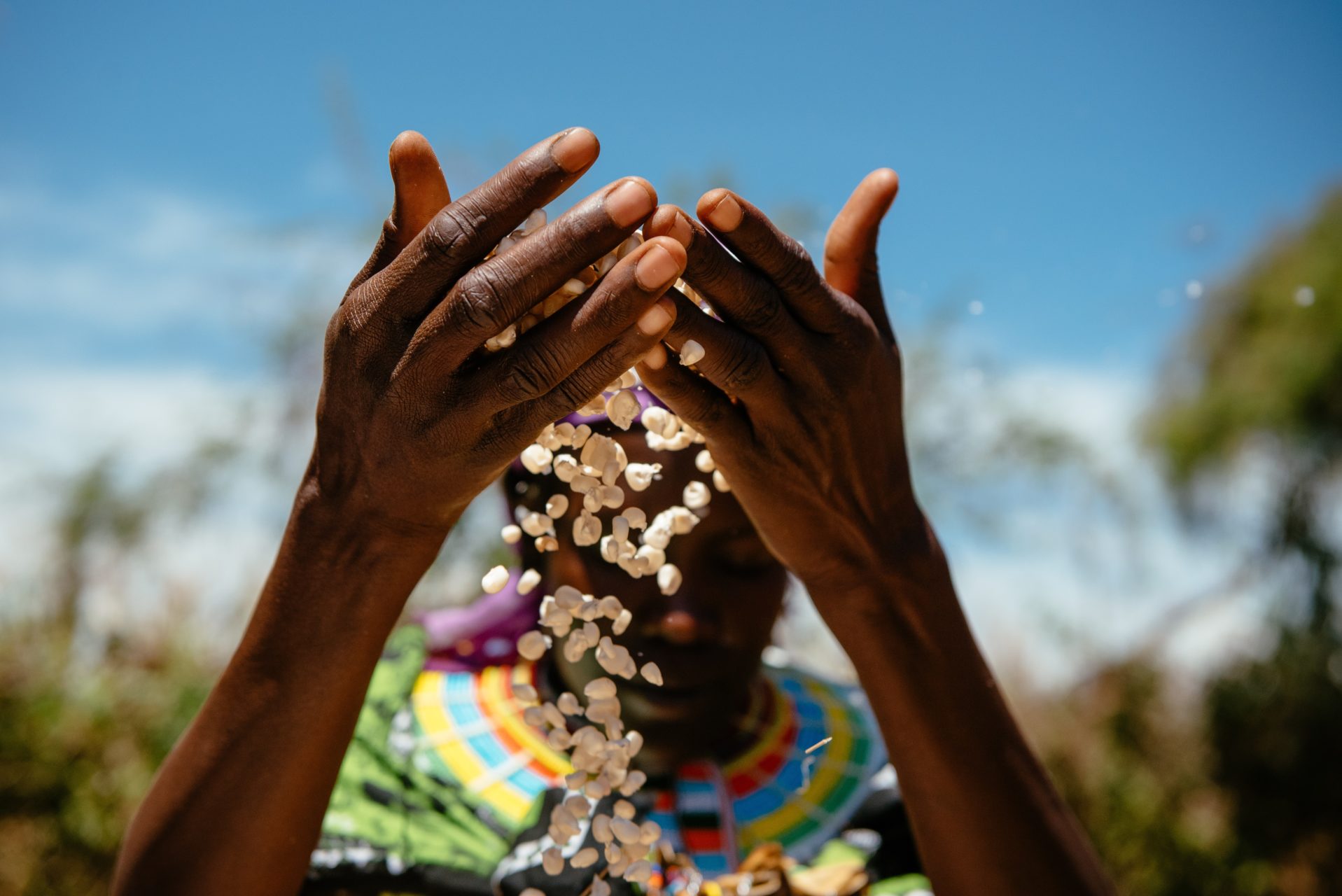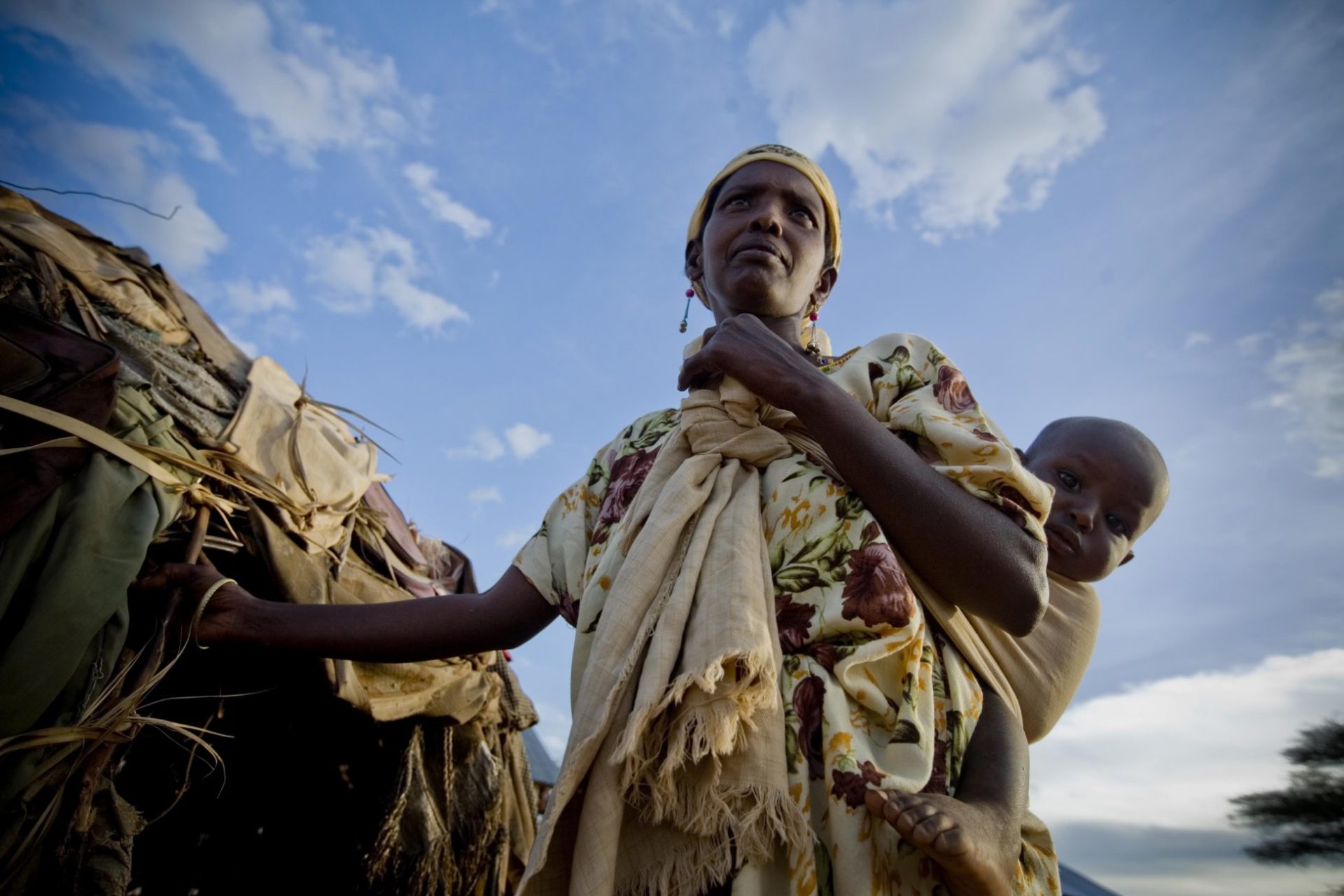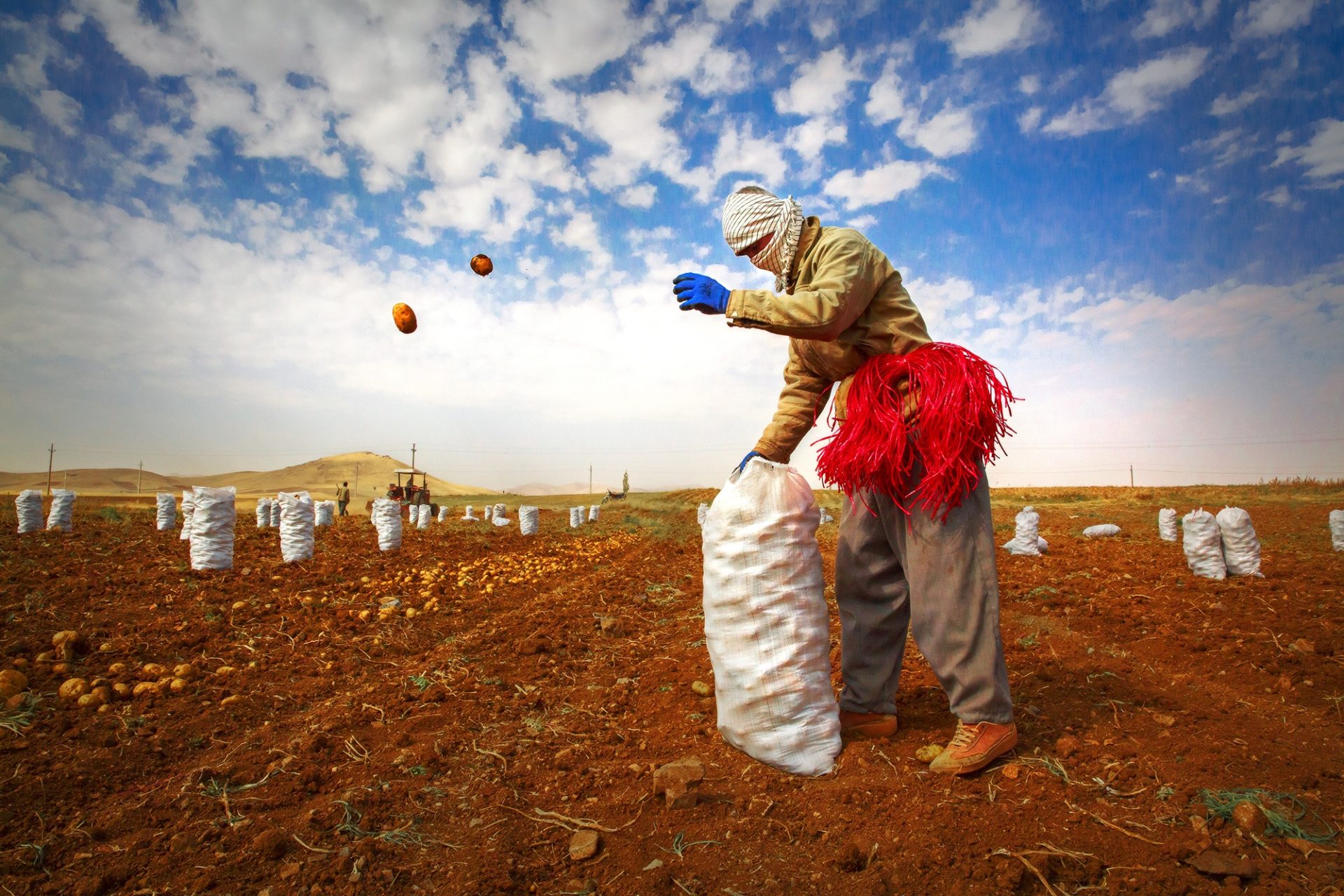
How is U.S. Foreign Assistance Funded?
Key Foreign Assistance Accounts
$8.7 billion
provided by the U.S. in global health funding for maternal and child health, nutrition family planning, and vaccines, as well as for prevention and treatment for HIV, malaria, and tuberculosis
$7.6 billion
U.S. funding for humanitarian assistance through three main accounts: International Disaster Assistance, Migration and Refugee Assistance, and Emergency Refugee and Migration Assistance
$7 billion
total spending for the International Development accounts, which include Development Assistance and the Economic Support Fund. These accounts fund Food Security and Agricultural Development, Democracy Programs, Environmental Programs, and Basic Education across the globe

How U.S. Funding is Delivered to Programs: Guided by directives from Congress, government agencies and departments set policy and implement programs. Most of these agencies and organizations deliver the funds to beneficiaries on the ground through implementing partners, such as NGOs in the InterAction community, in the form of grants, cooperative agreements, and/or contracts.
Regular Appropriations Process
Step 1
Appropriations subcommittees of both chambers draft and vote on the bill then appropriations committees of both chambers vote on the bill.
Step 2
Full House and Senate floor discussion and vote on the bill.
Step 3
Conference by both chambers to reach an agreement on the bill before it is signed by the President and becomes public law.

Other Key Account: The International Organizations and Programs (IO&P) account provides voluntary contributions to international organizations that advance U.S. strategic goals across a broad spectrum of critical development, humanitarian, and scientific activities.